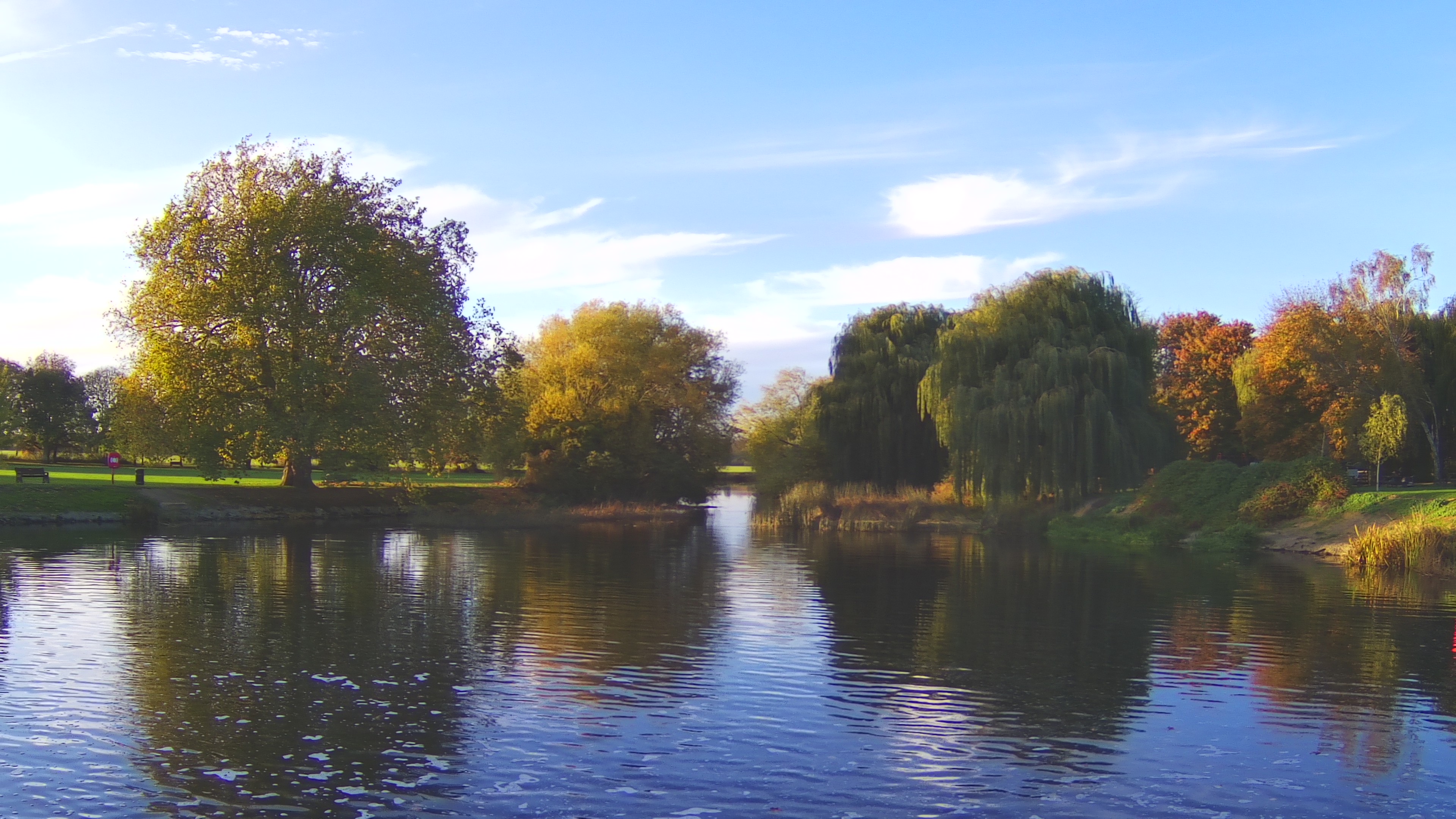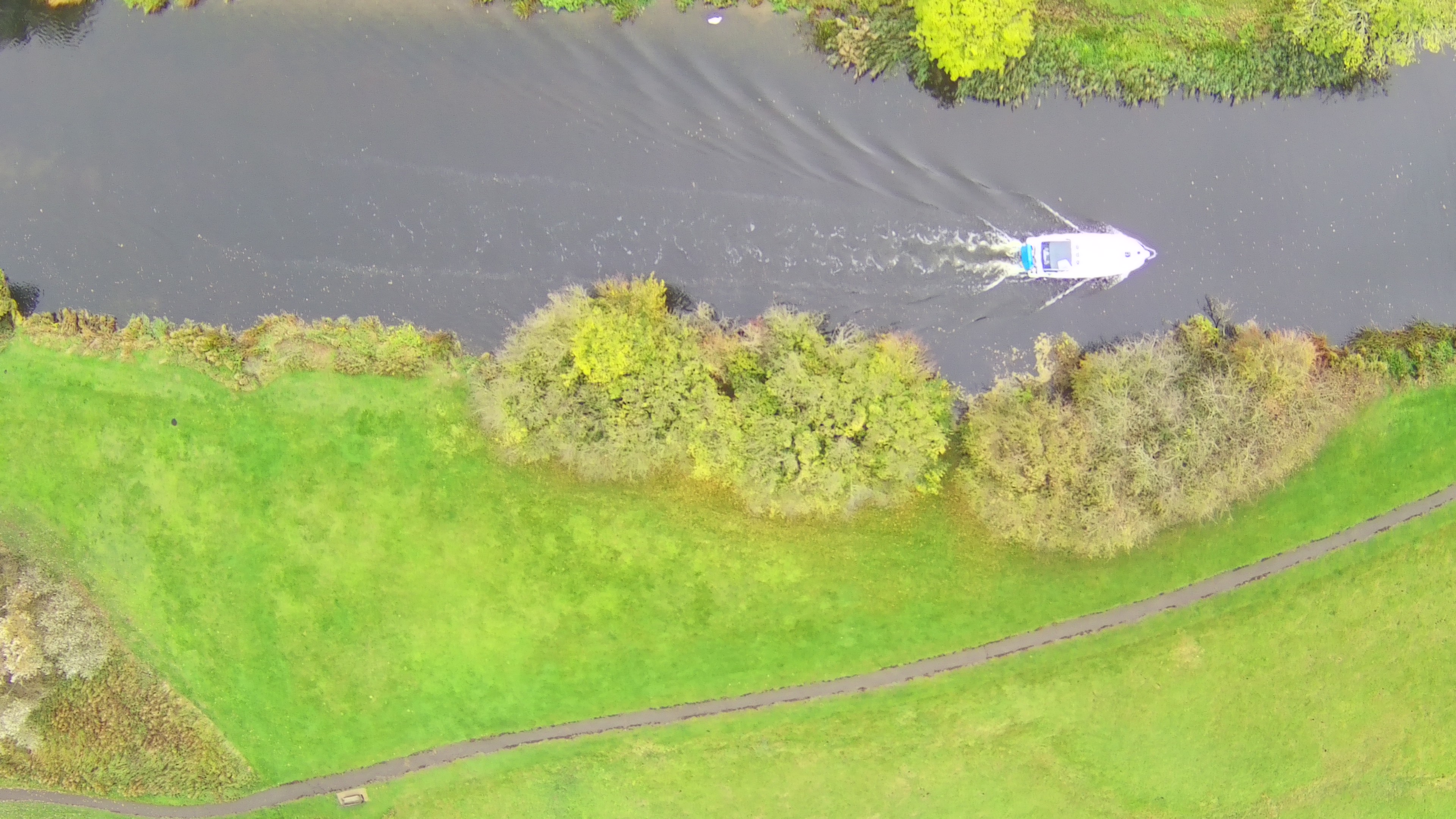TechRadar Verdict
The Holy Stone HS700E is a budget beginner drone with a traditional non-folding yet lightweight design. It flies well with responsive and positive controls, making it a great option for beginners to learn how to fly and for building confidence, but is let down by poor image quality.
Pros
- +
Competitive price
- +
Flies well overall
- +
Lightweight
Cons
- -
Poor image quality from the camera
- -
Propellers have to be removed for transport
- -
Non-folding design
Why you can trust TechRadar
Drones are complicated and often expensive devices, but there’s a growing market of relatively inexpensive models that provide a compelling stepping stone into the world of aerial photography and video for beginners. Functionality is paired back compared to the best drones available, but there are often enough basic features to satisfy the needs of less experienced pilots.
Video: 4K/30fps
Flight Time: 21 minutes
charging Time: 5 hours
Storage: 1x SD card up to 128GB
Dimensions: 380 x 230 x 125mm
Weight: 557 g/ 19.65 oz
The Holy Stone HS700E is one of the more expensive models the Chinese company produces but still comes in at a budget cost of just $299.99 / £289.99 / AUS $499.95 (approx) to provide a compelling introduction to drones for beginners and those on a budget that doesn't quite stretch to DJI's offerings.
(For those that shop at Amazon, Holy Stone has provided the following discount codes; US Amazon 5% off with code: X44F9LP6 or UK Amazon 5% off with code: C9ZHSCJD)
The HS700E features a non-folding design that’s reminiscent of DJI’s Phantom models like the DJI Phantom 4 Pro V2.0, but smaller and lighter at 380x230x125mm with a weight of 557g. Batteries are advertised to last for up to 21 minutes which is a reliable claim, but these take around 4-5 hours to fully charge using the included USB cables and a standard USB charger.
Everything you need to get started is in the kit, all you need to do is download the Ophelia Go app to your smartphone to control the camera and access settings, and charge the batteries. Included in the kit is the HS700E drone, a controller with a small information screen, two sets of propellers, two batteries, two USB cables for battery charging, a carry case, and instructions.

Features include GPS and Glonass GPS positioning and a return to home function that can be initiated by the pilot or is automatically activated when the signal between the controller and drone is weak or lost. There’s no collision avoidance available so you have to take care when flying close to obstacles, but there are Follow Point of Interest modes with the capability to adjust the flying distance in the app and Me. There’s also Headless Mode which makes the drone turn left, for instance, regardless of the direction the drone is facing in relation to the pilot. Plus, Waypoint Mode allows you to plot a route for the drone to fly using the app.
These flight features are impressive considering the cost of the drone, and they work well, but it’s safe to say that their effectiveness isn’t as sophisticated as more expensive drones. Applying any of these modes is simple in the Ophelia Go app, and if you’re unsure of anything, the instructions are written in clear language making them easy to understand. What’s more, the handy printed instruction booklet is A6 size so it’s small enough to carry in the drone case making it available if you need to refer to it while out flying.
Sign up for breaking news, reviews, opinion, top tech deals, and more.

Regarding flight, the HS700E is a good flyer with responsive and positive controls, alongside one of the best 5GHz WiFi connections between the drone and controller we’ve seen with a Holy Stone drone. The brushless motors are reasonably powerful, which combined with the large propellors help to keep the drone steady, while two flight speeds are both sedate and suitable for beginners. Sport (High) is the faster of the two and more comparable with the Standard mode of more expensive drones, while Tripod (Low) provides even slower flight.
The camera and gimbal are made of plastic with rubber dampers connecting the gimbal to the bottom front of the drone. This appears to effectively avoid jello (rolling shutter) in video, and alongside the electronic stabilization, it keeps footage relatively smooth. Although with no mechanical gimbal, when the drone pitches forwards or backwards while moving, or rolls left or right while the drone is flown in those directions or to counteract wind, camera movements are visible and with the latter the horizon can be captured at an angle.

The camera uses a 1/3in sensor and offers a 130° field of view with a fixed f/2.0 aperture with the gimbal allowing 90° of movement. Video can be captured in 1080p at 60fps and 4K at 30fps, with still images captured as JPEGs in 4K dimensions (3840x2160), which translates into an 8.2MP image that can be printed up to 12.x7.2 inches. There’s limited control over images with exposure set automatically, but you can adjust white balance, ISO, brightness, and saturation. Greyscale (black & white), Bright, and Nostalgic color presets can be applied to photos and videos.
Image quality is mediocre at best with strong barrel distortion visible when close to subjects, and also when the gimbal/camera is set to some angles. Photos are soft overall, and there’s strong chromatic aberration visible, although Defringe in Lightroom can reduce this. Wider scenes with more distant subjects capture better, and reducing the brightness of images in the Ophelia Go app helps. Video is much more forgiving of these problems but they remain visible. The camera is therefore only ideal as a training tool for getting used to controlling a camera and gimbal while flying at the same time – it’s certainly not capable of capturing high-quality images and video.
Image Samples




Video Samples

Should I buy the Holy Stone HS700E?
Buy it if...
You’re on a tight budget
In every area of life, there’s a sliding scale of cost and quality, and if you’re on a tight budget when looking at drones, a relatively inexpensive beginner model may be ideal for you. The HS700E isn’t the best drone available but its low cost will be attractive for some prospective drone pilots.
You’d like a beginner model for learning how to fly
Sending a drone that costs thousands up into the air as an absolute beginner can be daunting, so getting started with an inexpensive beginner model is the perfect way to build flying experience and confidence. Once these have been achieved, a more expensive drone is the next logical step.
Image quality isn’t an issue
Some people simply enjoy the drone flying experience as they do with other radio control vehicles, so if capturing high-quality photos and videos isn’t important the HS700E is worth considering. Despite poor image quality, the drone flies well with responsive and positive controls.
Don't buy it if...
You intend to capture aerial photos and videos
Image quality is mediocre at best, so although the HS700E is a great option for learning to fly and operate a basic camera at the same time, image quality is far lower than even a five-year-old smartphone. If great image quality is an essential requirement, you’ll simply have to spend more.
You need a highly portable model
With a design similar to DJI Phantom models, the HS700E is smaller and lighter but doesn’t fold up for transportation. Plus, the carry case is larger than smaller folding models. It’s comfortable to carry in its case but too large to store in a camera bag with other photography equipment.
You need advanced safety features
The HS700E features GPS positioning, return to home functionality and an optical flow sensor but collision avoidance is absent. Collision avoidance can give beginners and more experienced pilots peace of mind in complex environments, but any drone with this feature will be more expensive.

James Abbott is a professional photographer and freelance photography journalist. He contributes articles about photography, cameras and drones to a wide range of magazines and websites where he applies a wealth of experience to testing the latest photographic tech. James is also the author of ‘The Digital Darkroom: The Definitive Guide to Photo Editing’.
